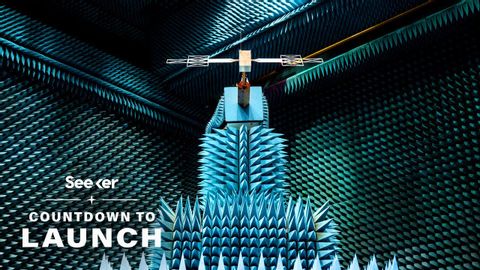
Subtitles & vocabulary
The Hunt to Find Life on Jupiter's Icy Moons | Countdown to Launch
00
林宜悉 posted on 2020/04/13Save
Video vocabulary
figure
US /ˈfɪɡjɚ/
・
UK /ˈfiɡə/
- Verb (Transitive/Intransitive)
- To appear in a game, play or event
- To calculate how much something will cost
- Noun
- Your body shape
- Numbers in a calculation
A1TOEIC
More fascinating
US /ˈfæsəˌnetɪŋ/
・
UK /ˈfæsɪneɪtɪŋ/
- Transitive Verb
- To attract or interest greatly
- To hold someone captive with a gaze or other means.
- Adjective
- Having your attention fixated as though by a spell
B1
More ancient
US /ˈenʃənt/
・
UK /'eɪnʃənt/
- Adjective
- Very old; having lived a very long time ago
- Relating to a period in history, especially in the distant past.
- Noun
- A person who lived in ancient times.
A2
More presence
US /ˈprɛzəns/
・
UK /ˈprezns/
- Noun
- The same place or area that a person is
- Ability to reach a market, group of people etc.
A2
More Use Energy
Unlock All Vocabulary
Unlock pronunciation, explanations, and filters
